The counter-unmanned aerial vehicle (UAV) system, dubbed Sentinel, is part of Project Vanaheim, an initiative to rapidly identify and deploy new counter-unmanned aerial vehicle (UAV) capabilities.
German startup Alpine Eagle developed the system to overcome the challenges that ground-based anti-drone systems face in detecting flying targets behind hills and trees.
Moreover, unlike ground-based systems, it is not vulnerable to counterattack. This system is suitable for protecting fixed facilities and troop convoys.
The Sentinel counter-UAV system consists of a group of small unmanned aerial vehicles (drones) equipped with radar to detect enemy unmanned aircraft systems.
These platforms can detect small drones the size of a DJI Mini from a range of 1 km (0.62 miles) and larger aircraft from a range of 4 km (2.48 miles). Additionally, the system can locate and identify larger aircraft such as fixed-wing aircraft and helicopters, as well as ground vehicles.
Integrated AI software and edge computing will link sensor data across the entire swarm and enable target discrimination in chaotic environments. The system is designed to operate in competitive environments and can be operated by a single person.
Kinetic role In addition to detection capabilities, Sentinel drones can be equipped with air-to-air munitions to destroy hostile targets. Each drone can carry a 300-gram kinetic payload and release it using a radar tracking system provided by the sensor drone.
The drone has a range of 5 km (3 miles). For longer ranges, it can be mounted on a fixed-wing aircraft. For Russian FPV drones Project Vanaheim is a collaboration between the British and US militaries and involves a series of tests that draw on lessons learned from the Ukraine war.
Sentinel was tested at Vanaheim 3 in Germany as part of an exercise to destroy Russian first-person view (FPV) drones. The Russians have increasingly begun using “fiber-optic control” to target Ukrainian FPV drone operators.
Based on FPV drones, the new concept of drone warfare avoids disruption caused by radio frequency interference and requires kinetic countermeasures in the form of expendable kamikaze drones.
A total of 20 anti-drone solutions were tested as part of Vanaheim 3 in June. In the next round in Poland at the end of the summer, only eight solutions were selected.
Following this round, a small number of solutions are expected to be acquired for testing to further develop tactics, techniques and procedures. The selected systems are expected to participate in Exercise Convergence Capstone 6 in the United States next summer.
Source: https://khoahocdoisong.vn/anh-thu-nghiem-he-thong-chong-uav-bang-drone-bay-dan-post2149042627.html


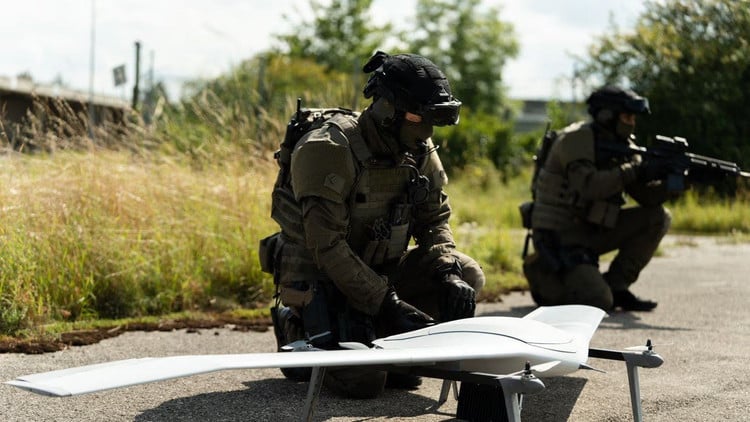
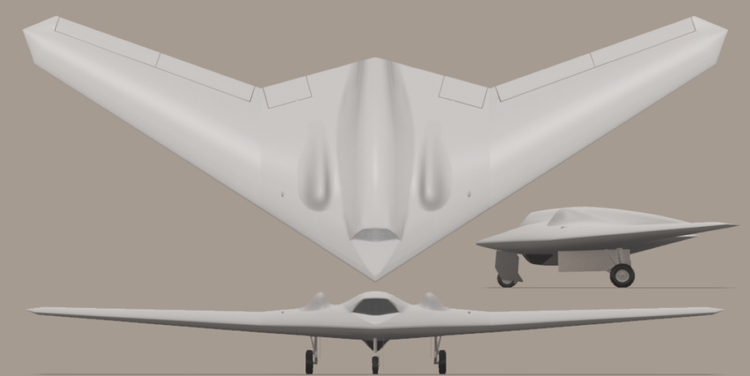
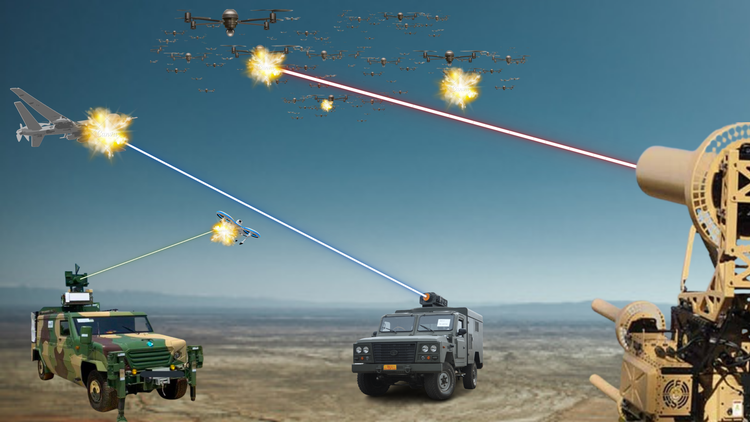

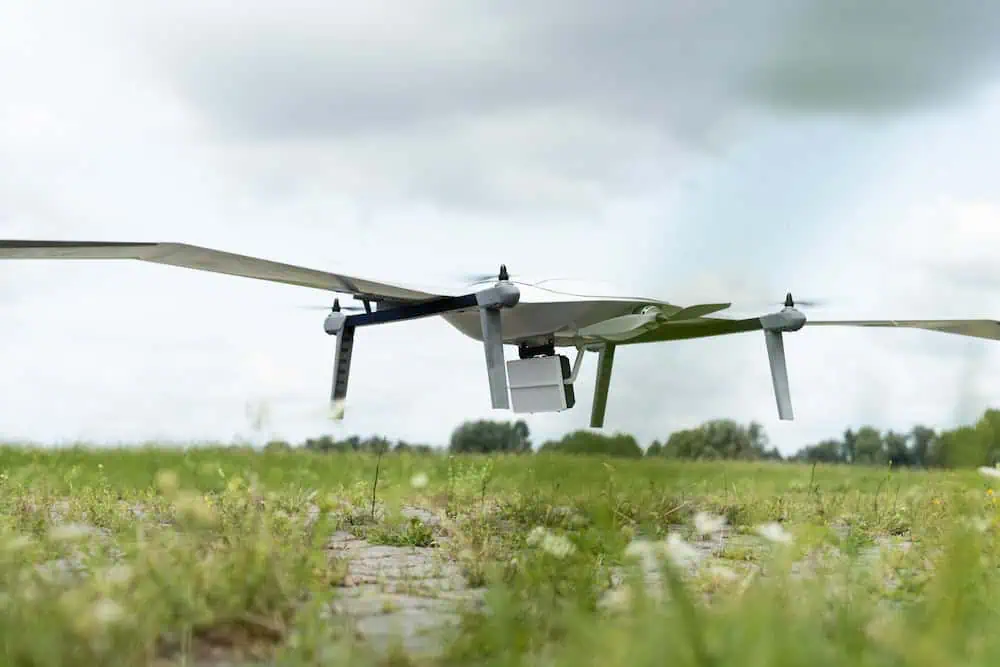

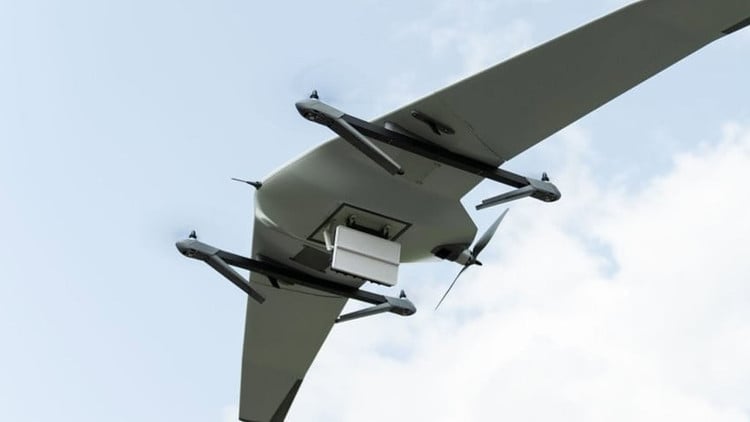
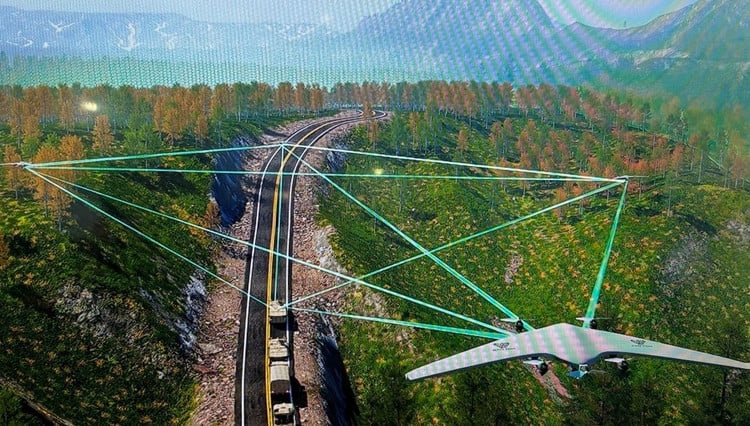



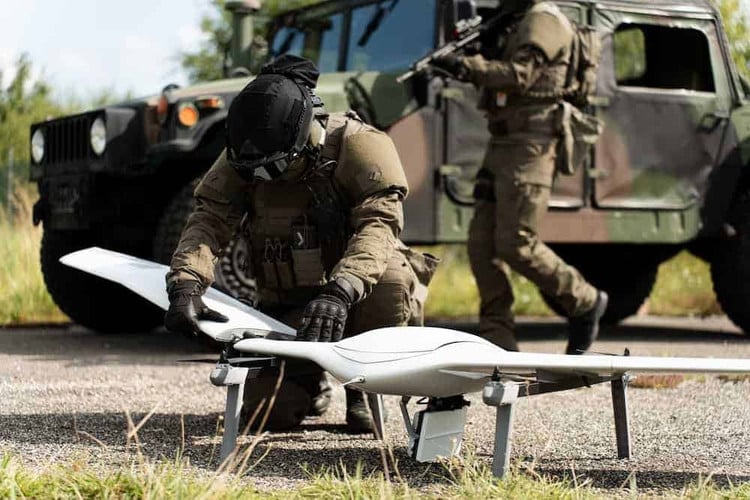






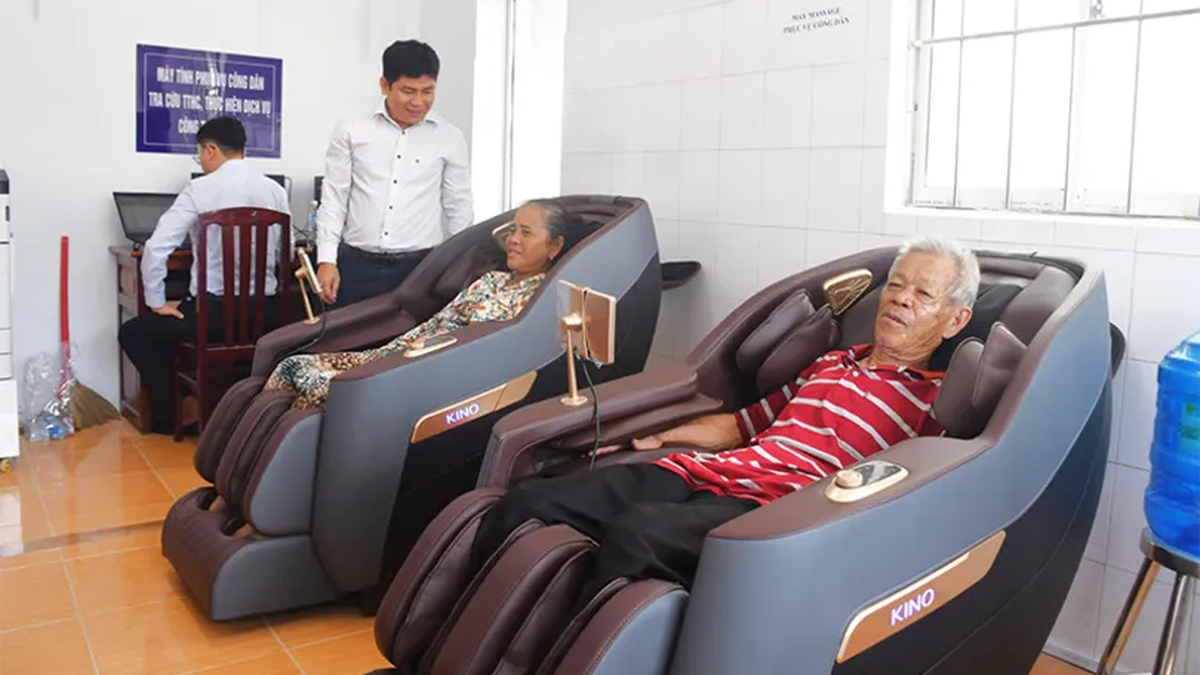














































![[Maritime News] Two Evergreen ships in a row: More than 50 containers fell into the sea](https://vphoto.vietnam.vn/thumb/402x226/vietnam/resource/IMAGE/2025/8/4/7c4aab5ced9d4b0e893092ffc2be8327)












































Comment (0)